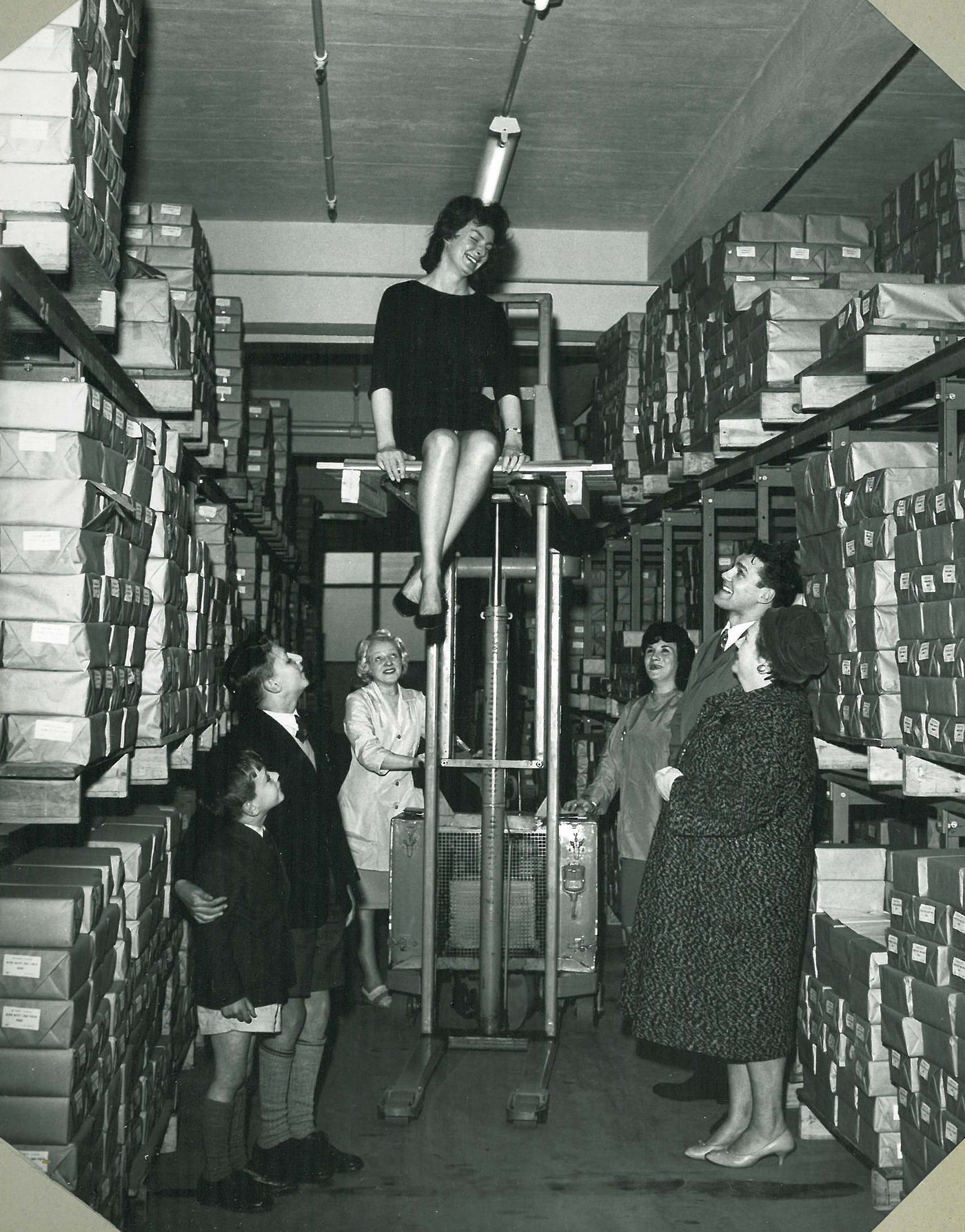Step back in time to the 1960s, to a bustling building on Glasgow’s Cathedral Street. This was the home of William Collins, Sons and Co Ltd, a renowned publishing house, and within its walls, the magic of bookmaking unfolded. Below is a collection of photographs from this era that offers a fascinating peek into the world of creating books, showcasing the skilled individuals who brought stories to life.
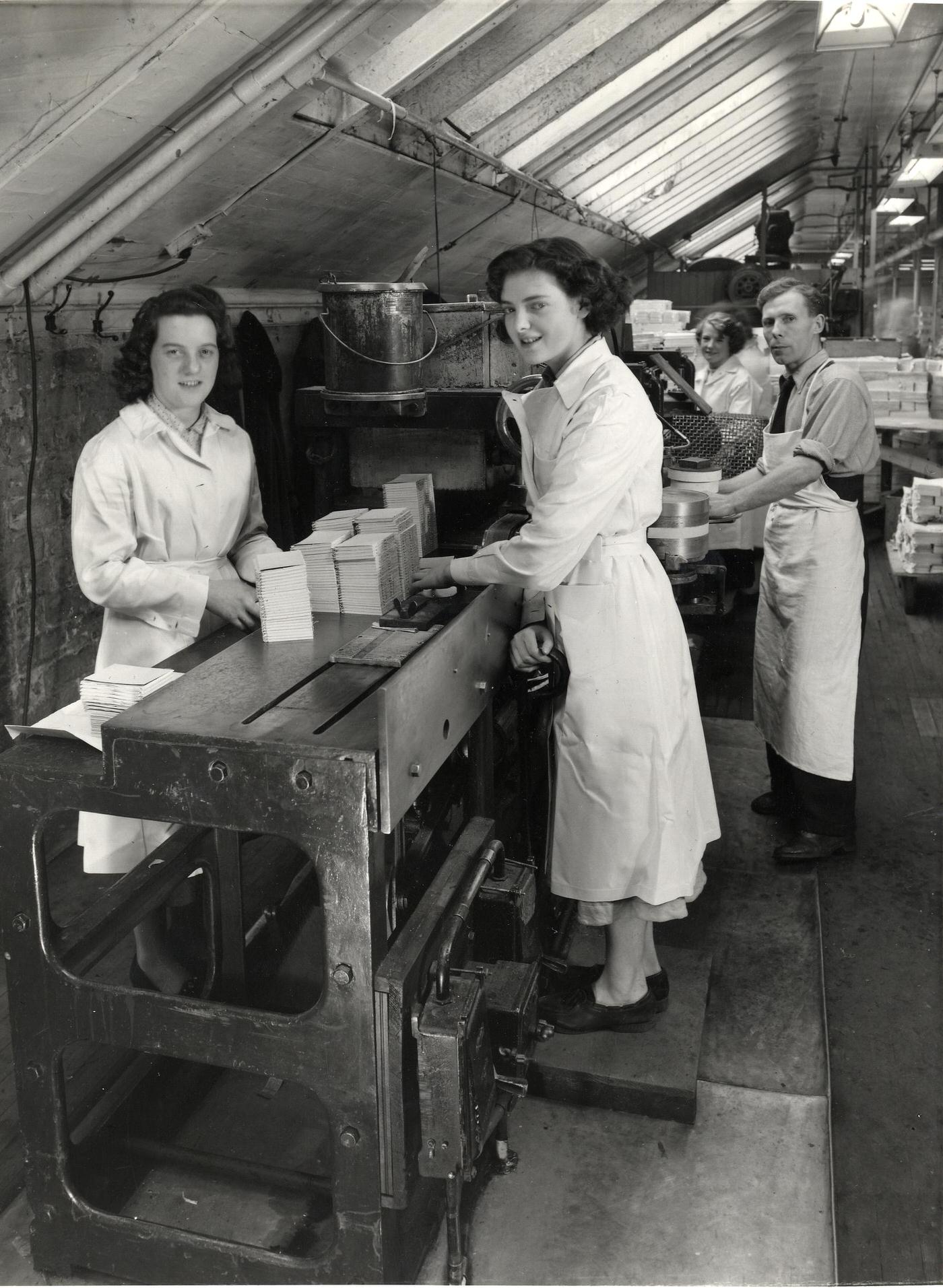
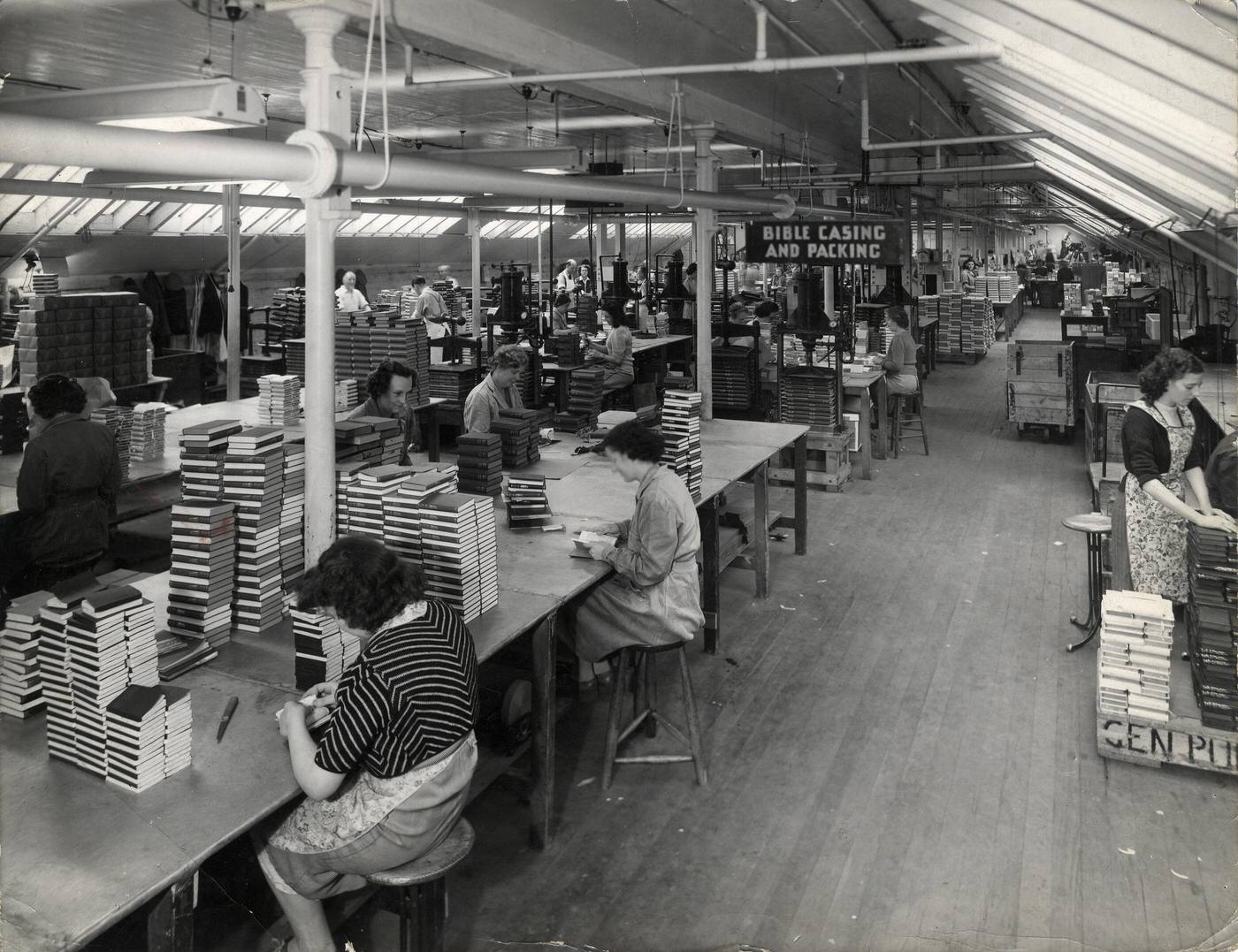
We begin with the foundation of any book – the words. Typists, with focused expressions and nimble fingers, transcribed manuscripts onto paper, transforming handwritten drafts into neat, legible text. Nearby, typesetters meticulously arranged individual letters and symbols, forming the text into columns and pages, ready for printing. Each tap of a key, each carefully placed letter, built the framework of a story waiting to be told.
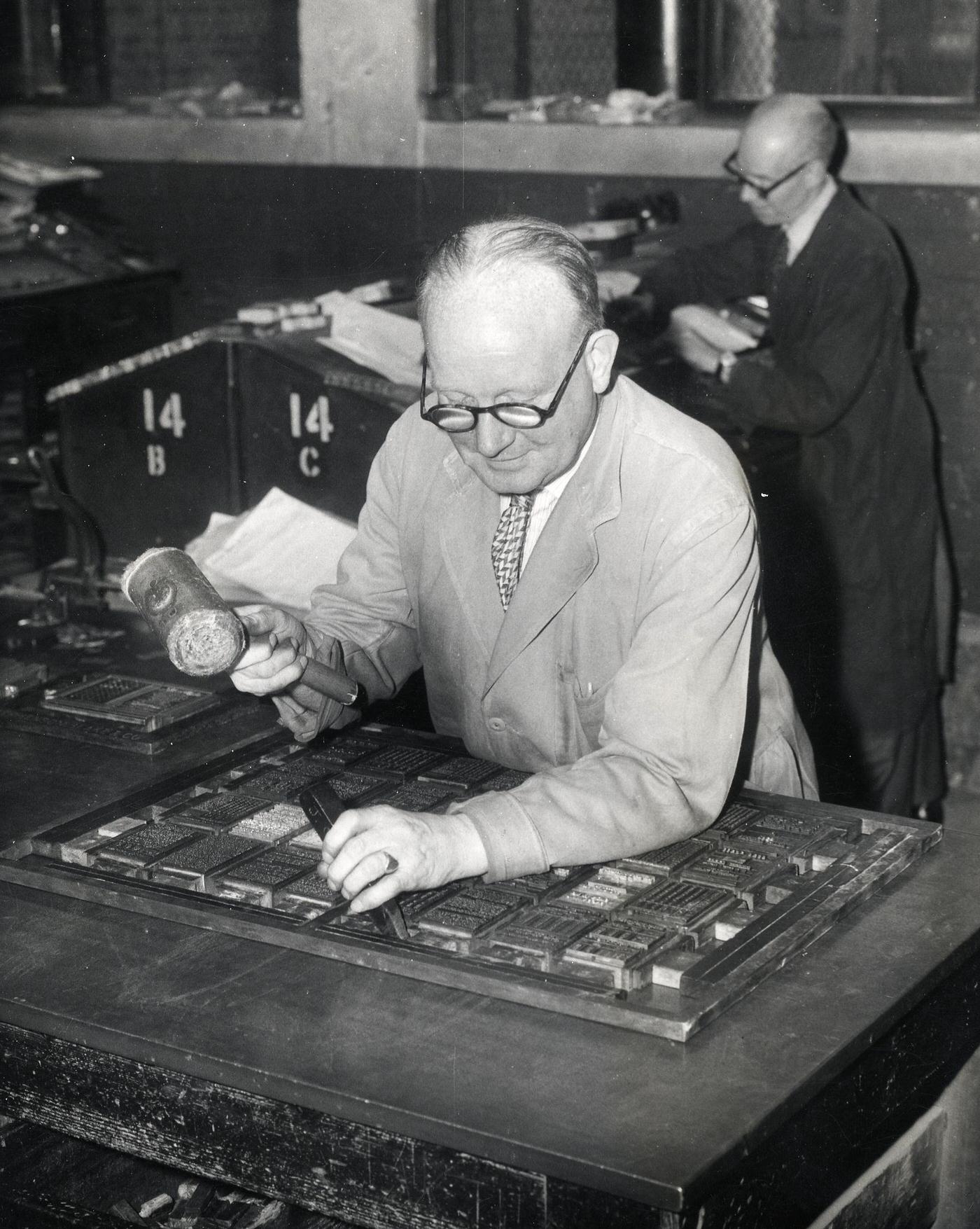
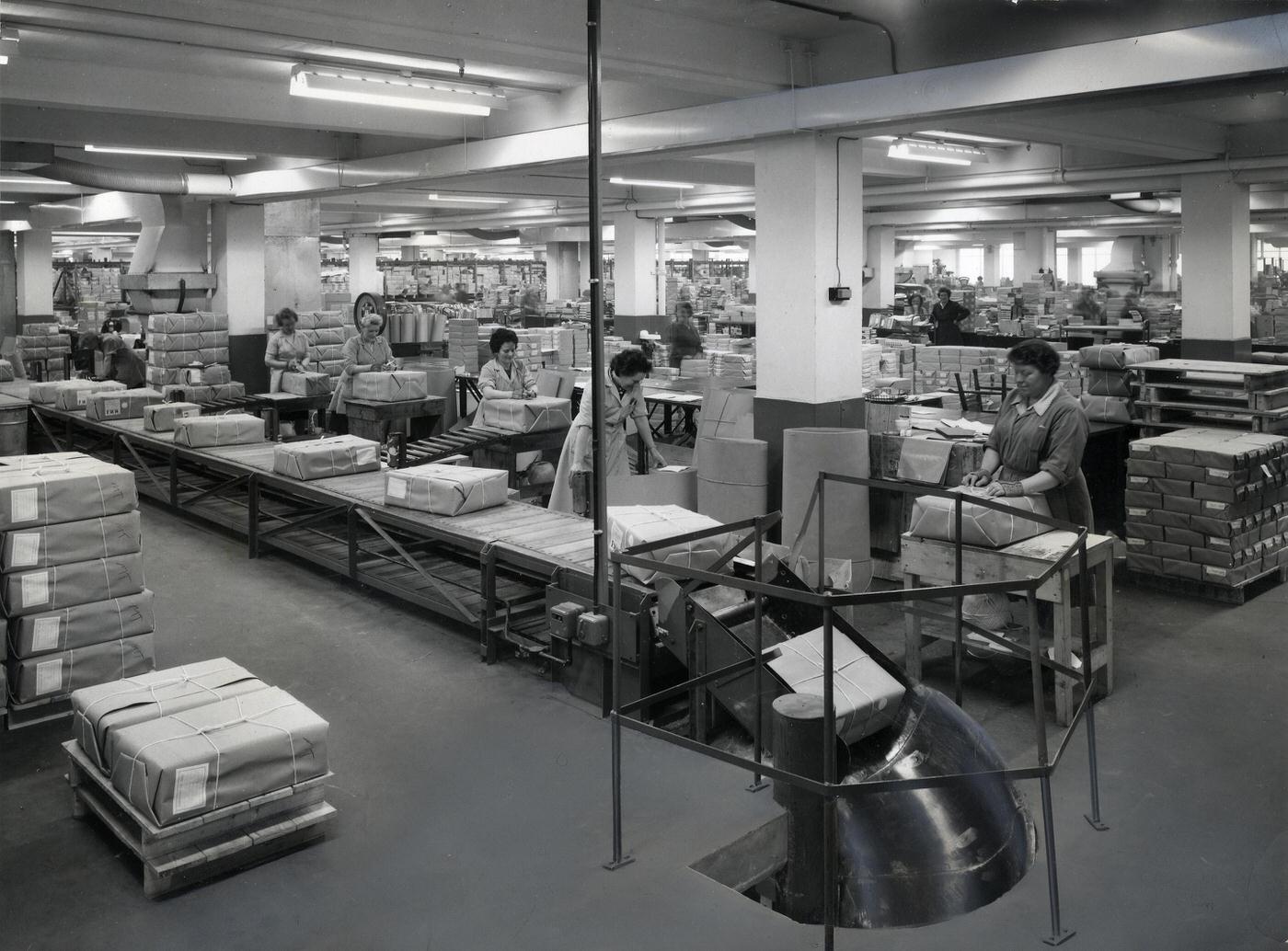
Beyond the written word, illustrations breathed life and color into the pages. Talented artists, armed with brushes and palettes, brought characters and scenes to life. Their creations, whether whimsical or realistic, added depth and emotion to the stories, captivating readers of all ages.

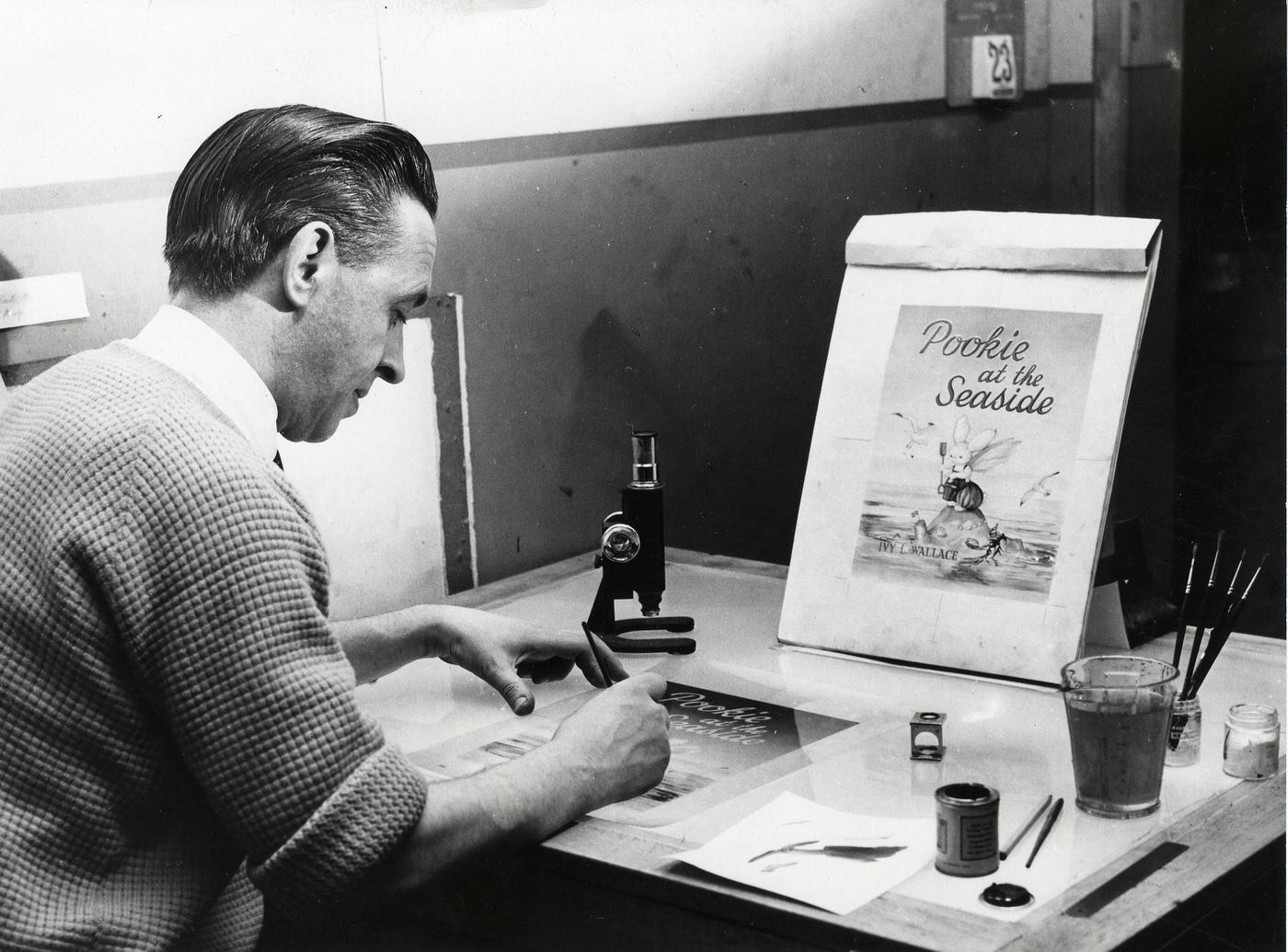
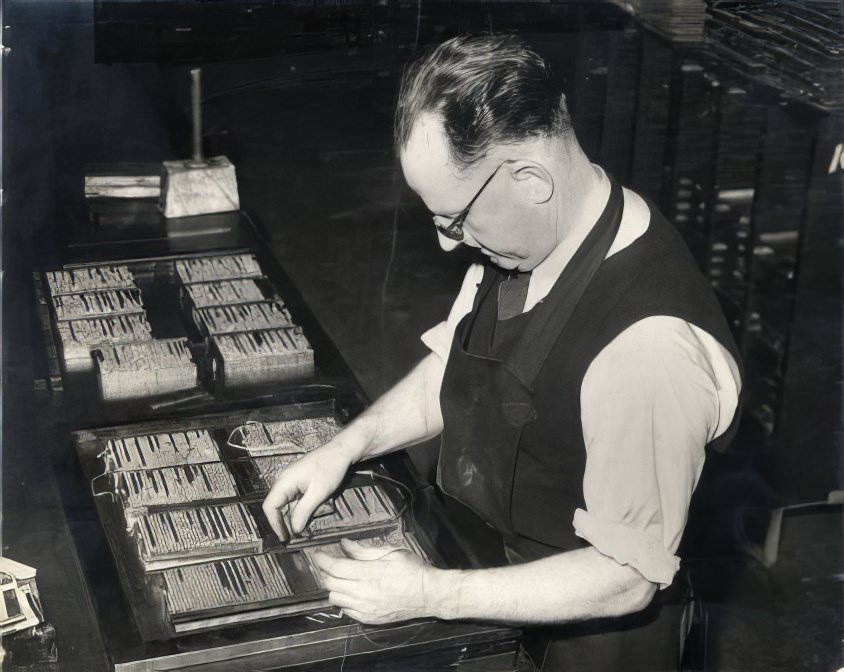
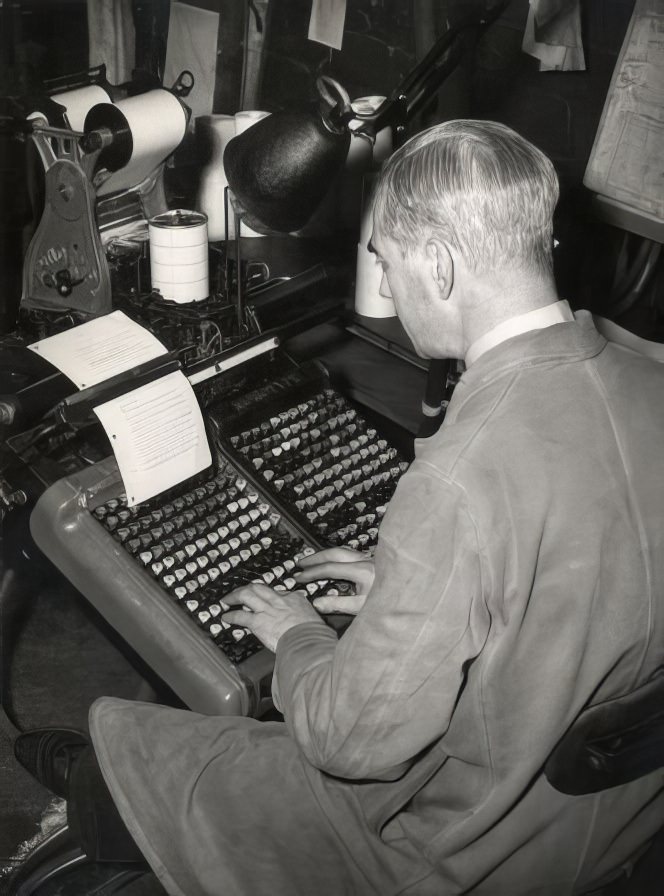
The photographs also reveal the skilled hands of the bookbinders and stitchers. With precision and care, they transformed stacks of printed pages into bound volumes. Stitching machines hummed as threads secured the pages together, and strong covers were carefully attached, providing protection and a finishing touch. Each book, meticulously crafted, became a testament to their dedication and expertise.
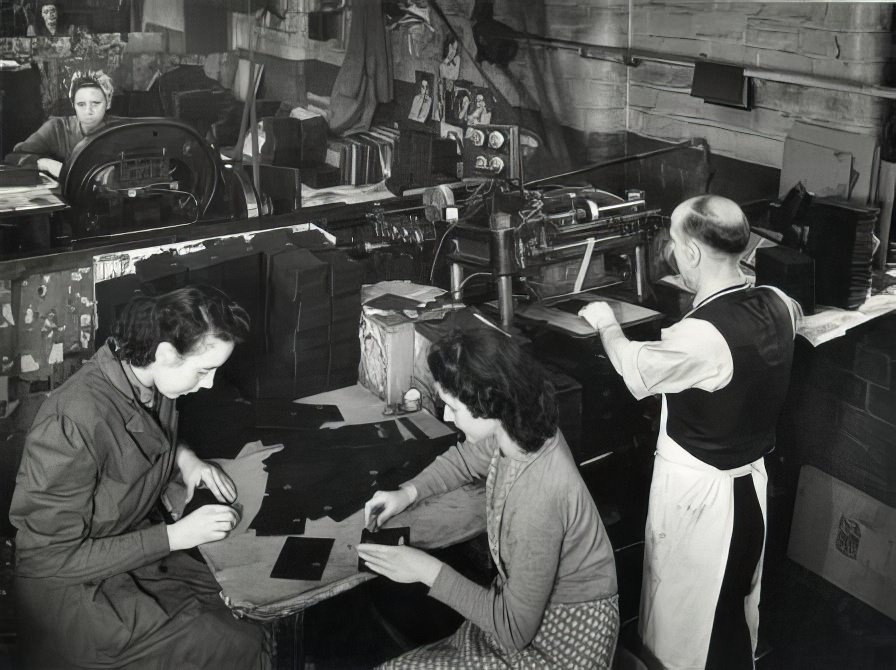
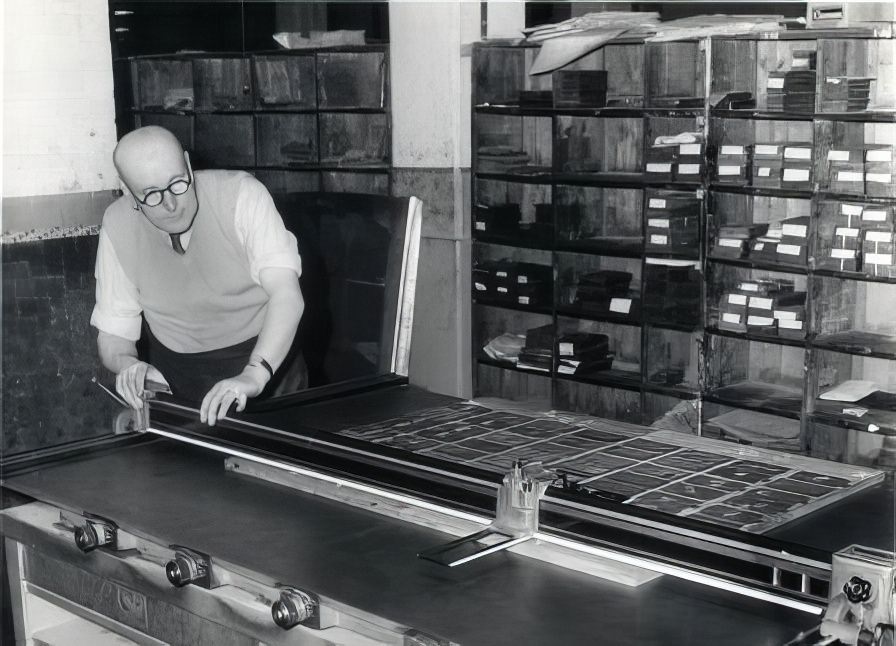
But the process didn’t end there. Packing teams carefully wrapped and boxed the finished books, ensuring they were ready for their journey to bookshelves and eager readers. Administrators kept everything running smoothly, managing orders, schedules, and the countless details that kept the factory humming with activity.
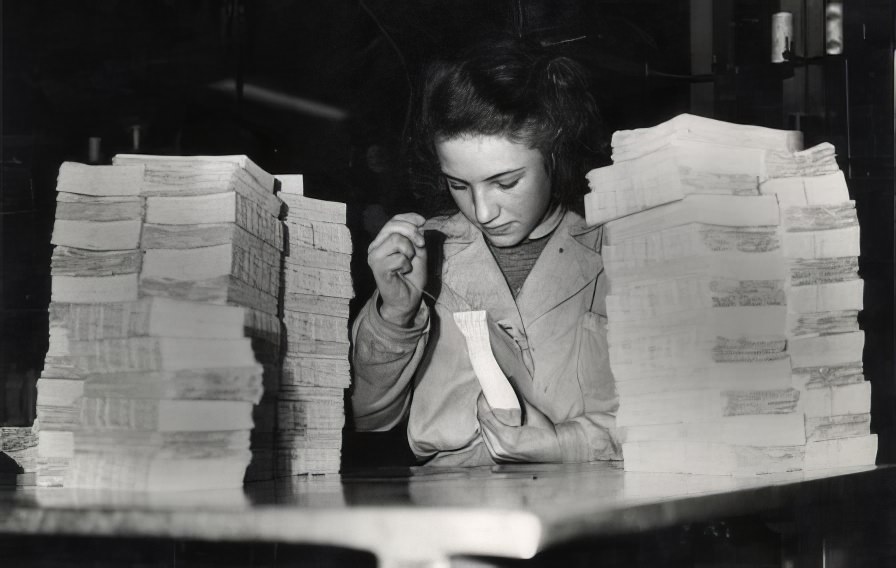
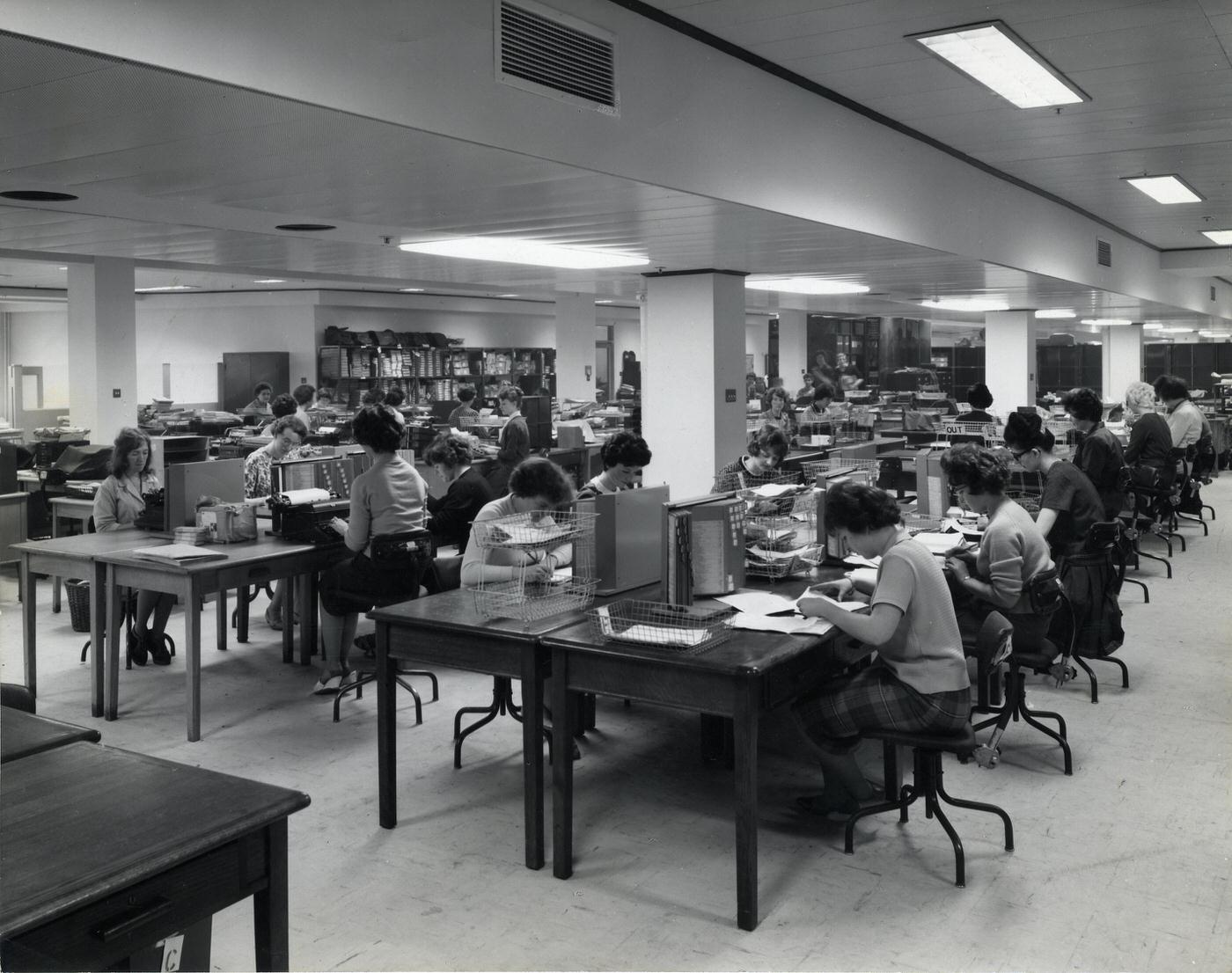
One particularly captivating aspect of the Collins Factory was the presence of marblers. These skilled artisans practiced the ancient art of paper marbling, creating unique and mesmerizing patterns on paper that would adorn the covers and endpapers of books. Their techniques, passed down through generations, involved swirling colorful inks on a water bath and then carefully transferring the patterns onto paper. Each marbled sheet was a miniature work of art, adding a touch of elegance and individuality to the books.

